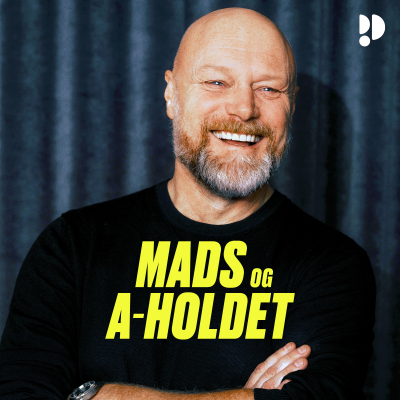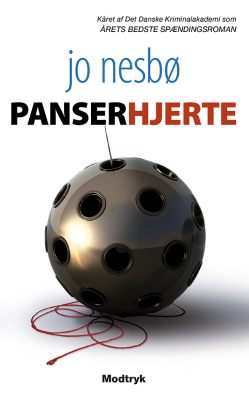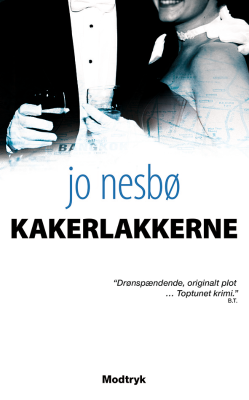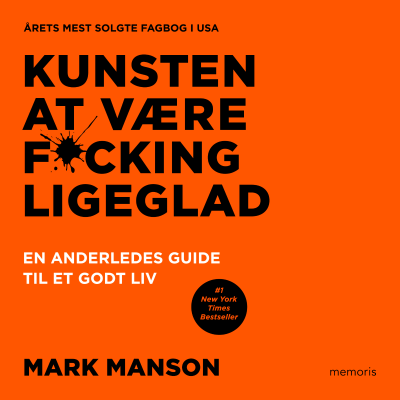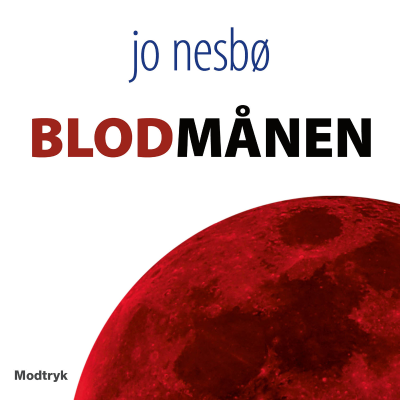
tastytrade Options Jive
Podcast af tastytrade
Begrænset tilbud
1 måned kun 9 kr.
Derefter 99 kr. / månedIngen binding.

Mere end 1 million lyttere
Du vil elske Podimo, og du er ikke alene
Bedømt til 4,7 stjerner i App Store
Læs mere tastytrade Options Jive
If you want to trade like a tastytrader, you have to learn how to talk like a tastytrader. Sit down with Tom and Tony as they dish out and discuss popular trading topics that give you an edge when opening, closing and managing your trades.
Alle episoder
19 episoderThe simplified Expected Move formula “Stock Price ✕ (IV / 100) ✕ SquareRoot(N / 365)” allows for traders to easily calculate the market’s expectation for a particular stock to move a certain amount over any number of days. Remember, implied volatility is the driver of expected move, so when IV of a stock changes, so will the expected move. Tom and Tony give an overview of how we can calculate expected move ourselves and how to incorporate into our options trading strategies.
Short premium positions are most profitable in high IV environments, and we trade IVR > 30 as a rule of thumb to ensure this. However, if IVR becomes skewed, there may still be short premium opportunities when IVR < 30. With all the major index ETFs having IVR < 30, is there still room for opportunity? Comparing the current IV with the 10-year average IV for each index, we can see that each market index has the potential for significant IV contraction and profitable short premium opportunities.
Quantifying the overall risk factors of a portfolio becomes more complicated when you begin including options in addition to equities. The Greeks can be used to characterize risk for individual option contracts, as well as the overall risk of multi-contract strategies and option portfolios. Today we discuss an example of how we can calculate overall portfolio Greeks on the tastyworks platform and use them to analyze overall portfolio risk.
Using delta as our strike selection allows us to get a fairly accurate representation of the risk we are taking on relative to the premium we collect. Over the years, delta has adjusted for the growth in stock price, changes in volatility, and the premium collected. This is what makes it easy to use!
In a market like last week, where one side of a strangle gets tested extremely quickly, we generally have a set of mechanics to defend the position. We call this “rolling up the untested put” or “rolling down the untested call” depending on which side gets tested. In this segment, we provide graphics that explain how your positions and profits look like for a strangle when going inverted. Check out the slides to get a cool graphical representation of the process!

Bedømt til 4,7 stjerner i App Store
Begrænset tilbud
1 måned kun 9 kr.
Derefter 99 kr. / månedIngen binding.
Eksklusive podcasts
Uden reklamer
Gratis podcasts
Lydbøger
20 timer / måned


